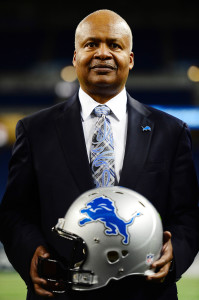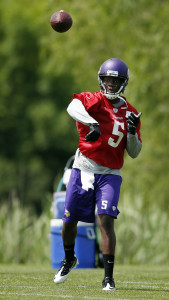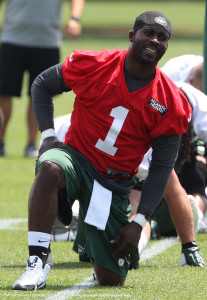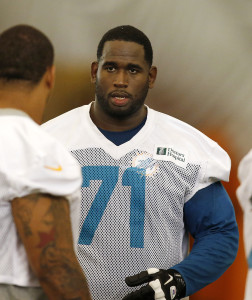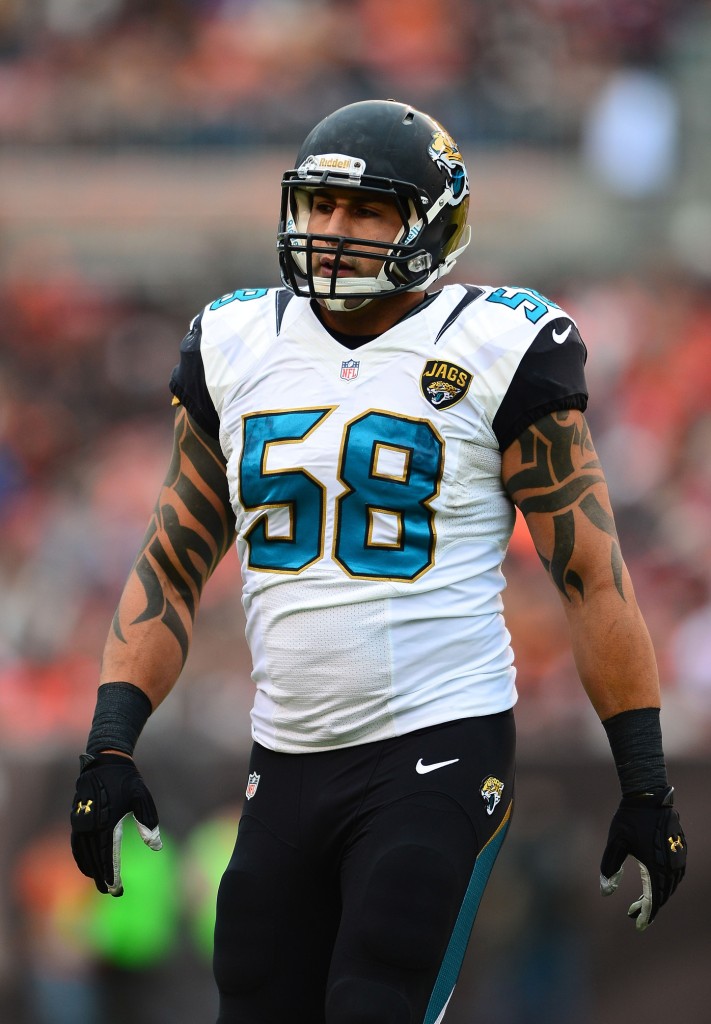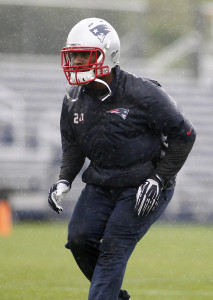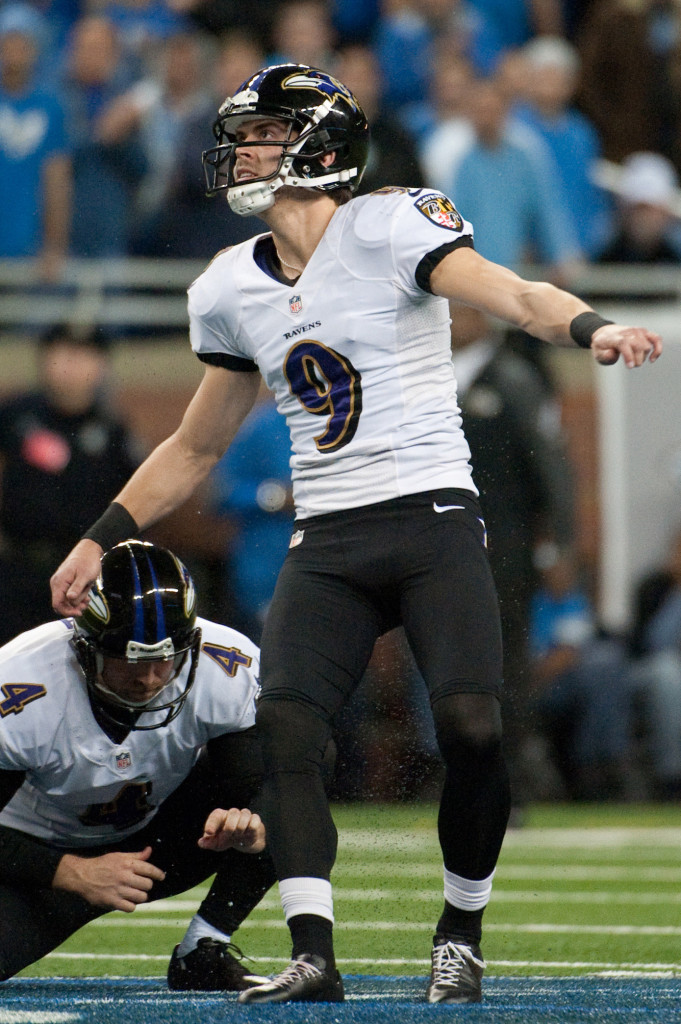Four months after most of this year’s top free agents landed new deals, Jimmy Graham remains unsigned, having been franchised by the Saints. After a dispute over his position, which resulted in Graham receiving the tight end tag ($7.035MM) rather than one for a wide receiver ($12.312MM), the two sides are working toward a long-term agreement, but are running out of time to reach a deal. Here’s a breakdown of what to expect from the Graham situation this week and beyond:
Appeal deadline: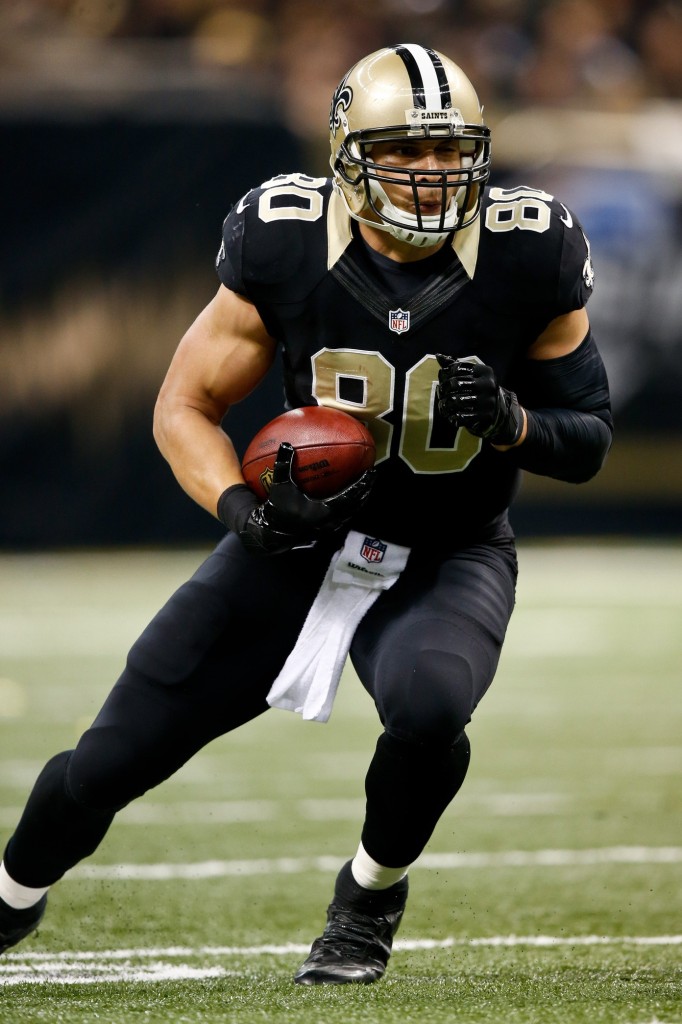
Graham had 10 days to appeal the decision made by arbitrator Stephen Burbank, who ruled that the Saints star is a tight end rather than a wide receiver. It was believed that deadline would be on Saturday, since the ruling broke on July 2. However, as Mike Florio of Pro Football Talk reported last week, Graham’s camp believes the deadline is actually today, since they didn’t receive the decision until July 3, and the NFL’s office is closed on Sundays.
Presumably, Graham’s camp would have double-checked to make sure that today is the actual deadline, so we’ll assume for now that they’re right. In that case, an appeal could still come by 3:00 central time today. In that event, Graham’s case to be considered a wide receiver would be put before a three-person appeals board. If the appeals board decided to overturn Burbank’s decision, Graham’s franchise tag would be worth $12.312MM rather than $7.035MM.
Long-term contract deadline:
Here’s one deadline we know for certain: Graham and the Saints have until Tuesday at 3:00pm central time to strike a long-term contract agreement that will keep the tight end in New Orleans for multiple seasons. If they don’t work out a deal, Graham will only be eligible to sign a one-year deal this summer. He’d be eligible for a contract extension again following the final game of the regular season.
Last we heard, discussions between the two sides were moving slowly, with no indication that the Saints had upped their offer of about $9.5MM per year, and no indication that Graham would be inclined to accept that proposal. Still, the team has long expressed optimism about getting something done, and there’s a precedent for talks going down to the wire — the same thing happened two years ago when the Saints used their franchise tag on Drew Brees and ultimately agreed on a multiyear extension.
If no long-term agreement is reached:
If Tuesday comes and goes with no long-term extension in place for Graham, the most likely scenario would see him play out the 2014 season on his one-year franchise salary, then having the same process repeat again in 2015 — a second franchise tag would be an affordable $8.442MM.
Of course, there are other possibilities in play here. If Graham’s camp does indeed file an appeal at some point today and ultimately wins it, he’d play out the ’14 season at a much higher salary, making it significantly more difficult for New Orleans to franchise him again next year, when a second franchise tag would cost $14.774MM. That’s not the most likely outcome, of course, but it’s one the club must consider as it negotiates a long-term deal.
Additionally, since Graham was tagged with the non-exclusive franchise designation, he remains a free agent, meaning a rival team could sign him to an offer sheet. As Joel Corry wrote for The National Football Post earlier this month, there’s nothing in the CBA which suggests the July 15 deadline applies to offer sheets from rival teams as well as multiyear extensions with a franchise player’s own club. So if a team is willing to part with two future first-round picks to sign Graham, it could still sign the 27-year-old to an offer sheet, which the Saints would have five days to match. There are rumblings that a few teams are still considering this, though I’d be surprised if any team actually went all-in on such a move, considering the exorbitant cost in both salary and draft picks.
Prediction:
While I’ve been expecting Graham and the Saints to ultimately compromise and reach a long-term agreement, the lingering possibility of an appeal on Burbank’s decision complicates matter. If an appeal is filed today, it would seem to reduce the likelihood of a multiyear extension, since there’d be little reason to challenge Graham’s one-year franchise salary if he’s playing under an entirely different contract.
Still, I think a long-term extension remains the likeliest outcome, with Graham and the Saints agreeing to a contract at some point within the next 30 hours or so. Something in the range of five years, $50MM+, with between $15-20MM in guaranteed money, would make sense to me.
Photo courtesy of USA Today Sports Images.
